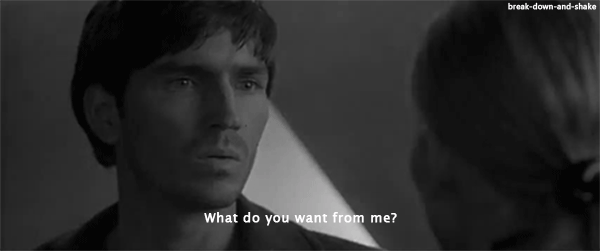The history behind film and acting
Did you know… During the 1890s films became several minutes long and started to consist of several shots. The first film studios were built in 1897. The first rotating camera for taking panning shots was built in 1898. … By 1910, actors began to receive screen credit for their roles, opening the way for the creation of film stars. The world’s earliest surviving motion-picture film, showing actual consecutive action is called Roundhay Garden Scene. It’s a short film directed by French inventor Louis Le Prince. While it’s just 2.11 seconds long, it is technically a movie.
One of the first known actors is believed to have been an ancient Greek called Thespis of Icaria. Writing two centuries after the event, Aristotle in his Poetics ( c. 335 BCE) suggests that Thespis stepped out of the dithyrambic chorus and addressed it as a separate character.
Below are all the acting techniques!
Stanislavski’s System
One of the world’s most frequently taught acting techniques, Stanislavski inspired scores of future teachers including Stella Adler, Sanford Meisner, and Lee Strasberg. Think emotional memory recall, spiritual realism, and self-analysis.
Lee Strasberg’s Method
Lee Strasberg’s actors intensify their connections to the work by mimicking characters’ experiences within the context of their own (real) lives, and reaching deeper connections and understandings of their characters’ emotional worlds.
Stella Adler
Stella Adler’s approach is also built on that of Stanislavski, but imagination is emphasized over emotional recall; in her words, “You have to get beyond your own precious inner experiences.” (the one we teach 😉

Meisner Technique
Famous for his “repetition” exercise, Meisner teaches actors to “live truthfully under given imaginary circumstances.” The work emphasizes openness, honesty, and listening above all.
Michael Chekhov
Michael Chekhov created a famous “psycho-physical” technique which draws on physical actions and mind-body connection to create a sensual approach to the character.
Practical Aesthetics
Developed by actor William H. Macy and playwright David Mamet, this analytical approach emphasizes the simple pursuit of an action above all else. Actors’ attention goes to text-analysis, script work, and a literal understanding of a scene’s driving events.
Uta Hagen
It’s all about realism for Uta Hagen. Students are taught to “substitute” or “transfer” their own memories into the experiences of their characters, building deep connections based on their own personal truths.
Viola Spolin
Viola Spolin’s “theater games” approach inspires students to respond immediately and live in the moment. Her technique focuses on self-direction and improvisation, and she’s considered a driving force of improv as we know it in the United States.

PERTH FILM SCHOOL OFFERS VARIOUS DIFFERENT CLASSES FOR ALL AGES AND ABILITIES!
Contact us on +1300 588 798
contact@perthfilmschool.com
www.perthfilmschool.com.au